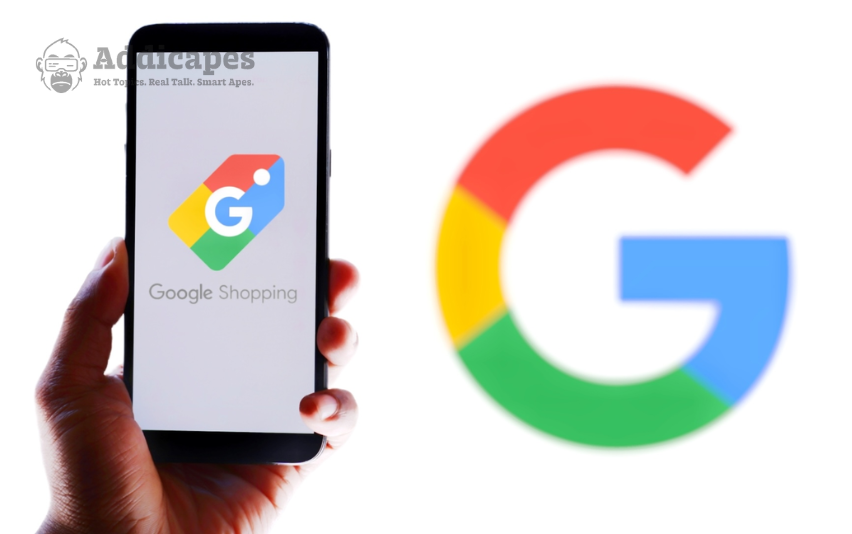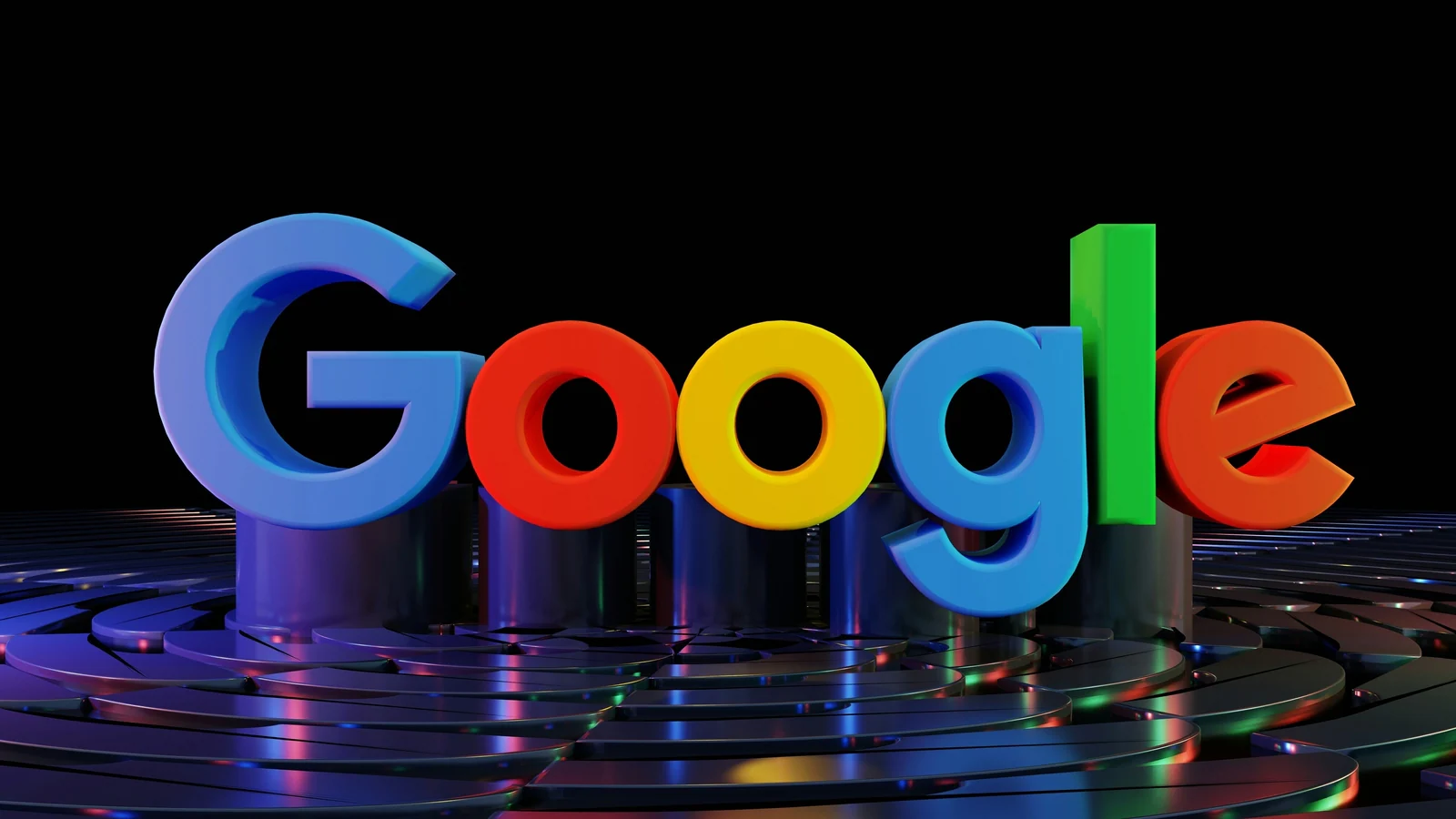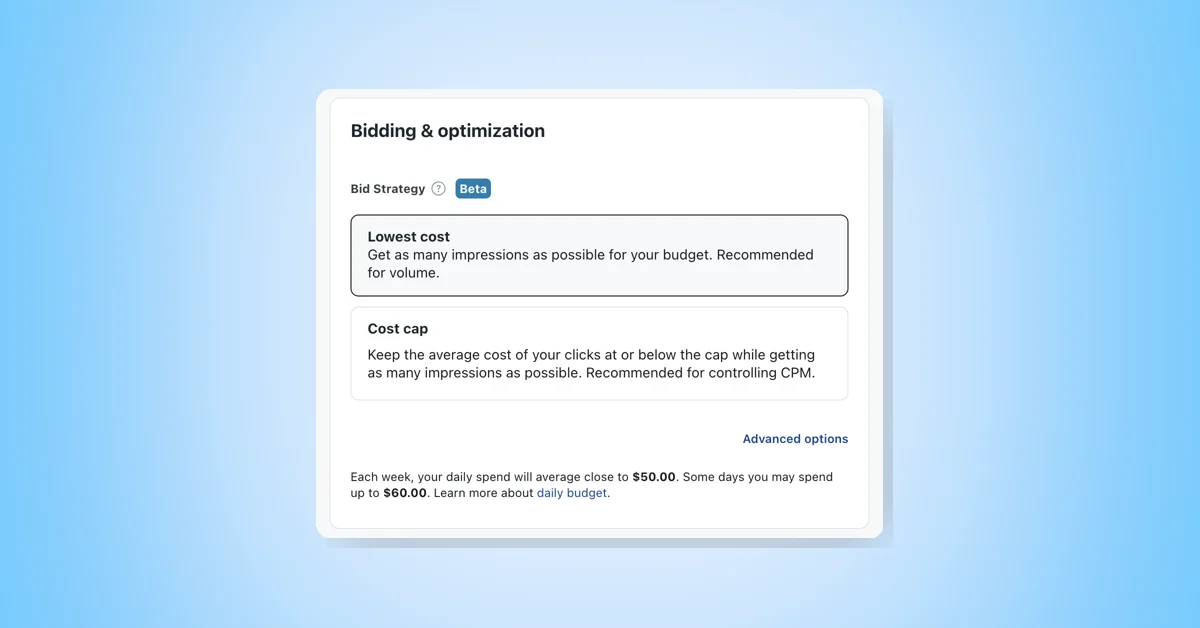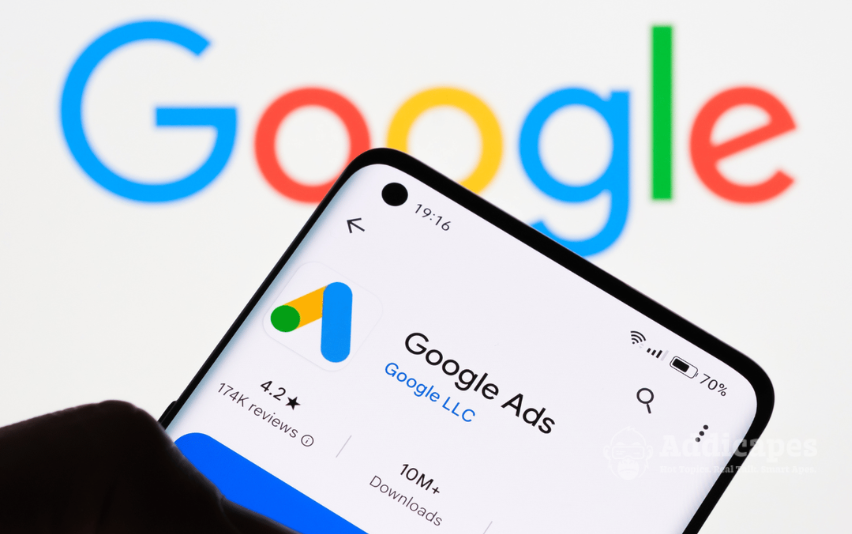Strengthening the Digital Ad Ecosystem
In a major update, Google has deepened its use of AI-powered tools to detect and reduce Invalid Ad Traffic (IVT)—non-genuine ad interactions such as clicks from bots or accidental taps. Collaborating with Google Research and DeepMind, the search giant now leverages large language models (LLMs) to spot suspicious placements and deceptive behaviors with significantly better accuracy. The result? A striking 40% drop in IVT linked to disruptive or misleading ad practices.
This move is a win for advertisers, publishers, and users alike—promoting cleaner data, smarter spending, and safer browsing.
What Is Invalid Ad Traffic (IVT) and Why It Hurts
Invalid Ad Traffic refers to ad activity generated by non-human origins—bot traffic, fraudulent clicks, or accidental taps that offer no value to marketers. Google calls it “ad activity that doesn’t come from a real person with genuine interest”.
Here’s why it’s a problem:
- Wasted Ad Budgets – Advertisers pay for worthless clicks.
- Skewed Metrics – Reports get distorted, making campaign analysis less reliable.
- Decreased Trust – Both advertisers and publishers suffer when ad integrity falters.
Cutting down IVT isn’t just about cost-saving—it’s about trust and efficiency in digital ads.
How Google Uses AI and LLMs to Tackle IVT
Google’s Ad Traffic Quality team, in collaboration with Google Research and DeepMind, has now deployed LLMs to better understand and detect fraudulent ad placements. Here’s how the system works:
- Content Analysis
AI models analyze ad placements on apps and websites, understanding when an ad is visible, contextual, or deliberately hidden. - User Interaction Patterns
The AI is clever enough to recognize unusual click patterns—such as repeated taps in the same area—or mismatches between ad engagement and user behavior. - Multi-Modal Review Systems
Alongside AI, Google runs automated filters and manual enforcement, creating a layered defense against policy violations.
This refined approach has led to a 40% reduction in IVT from deceptive or disruptive ad serving.
Real-World Impact for Advertisers & Publishers
What does this mean for anyone running ads or managing digital campaigns?
- Cleaner Metrics & Reporting
With less noise from invalid clicks, campaign performance becomes clearer and more actionable. - Better Return on Investment (ROI)
Every ad dollar now has a better chance of reaching a real viewer—not a bot. - Publisher Protection
Legitimate publishers get recognized and rewarded, instead of losing share to fraudulent actors.
Why This Matters Now — AI in Ad Quality
As AI becomes more pervasive in digital marketing, Google’s proactive use of LLMs shows a bigger shift: it’s not just about creating engaging ads—it’s also about ensuring these ads reach real human audiences accurately.
Per Bjorke, Product Management Director at Google, explains that even if an invalid click goes through, advertisers aren’t charged—they receive credit after IVT detection.
This enhances spending transparency and signals Google’s long-term commitment to ad ecosystem health.
The Future of Ad Verification—LLMs at the Core
Google’s new IVT strategy showcases how LLMs trained on content patterns and site behaviors can decisively spot invalid traffic. Gone are the days of heuristic-only detection—now it’s AI-driven, real-time, and increasingly contextual.
This shift also means:
- Faster remediation of fraudulent behavior
- Improved compliance across ad networks
- Greater trust for advertisers investing in performance campaigns
For marketers, LLM-powered detection is a game-changer—making ad budgets smarter and campaigns sharper.
Fixing the Leaky Funnel—A Summary of Benefits
| Challenge | AI-Led Solution |
|---|---|
| Ad spend wasted on non-human clicks | Automated crediting for invalid clicks |
| Distorted campaign data | Reduced IVT improves accuracy |
| Fraudulent publishers gaming the system | Faster enforcement and takedown |
| Manual review bottlenecks | Scalability via AI and LLMs |
Google’s multi-signal, AI-supported enforcement framework is a robust improvement for all stakeholders.
With this upgrade, Google expands its AI use to detect invalid ad traffic more effectively than ever before. By reducing deceptive ad behaviors by nearly half, it raises the quality bar for the entire digital advertising ecosystem.
For advertisers, this means more trustworthy campaigns. For publishers, a cleaner playing field. And for users, fewer disruptive ad experiences.
In 2025’s fast-evolving landscape, this is not just AI innovation—it’s about restoring integrity and effectiveness in digital marketing.













